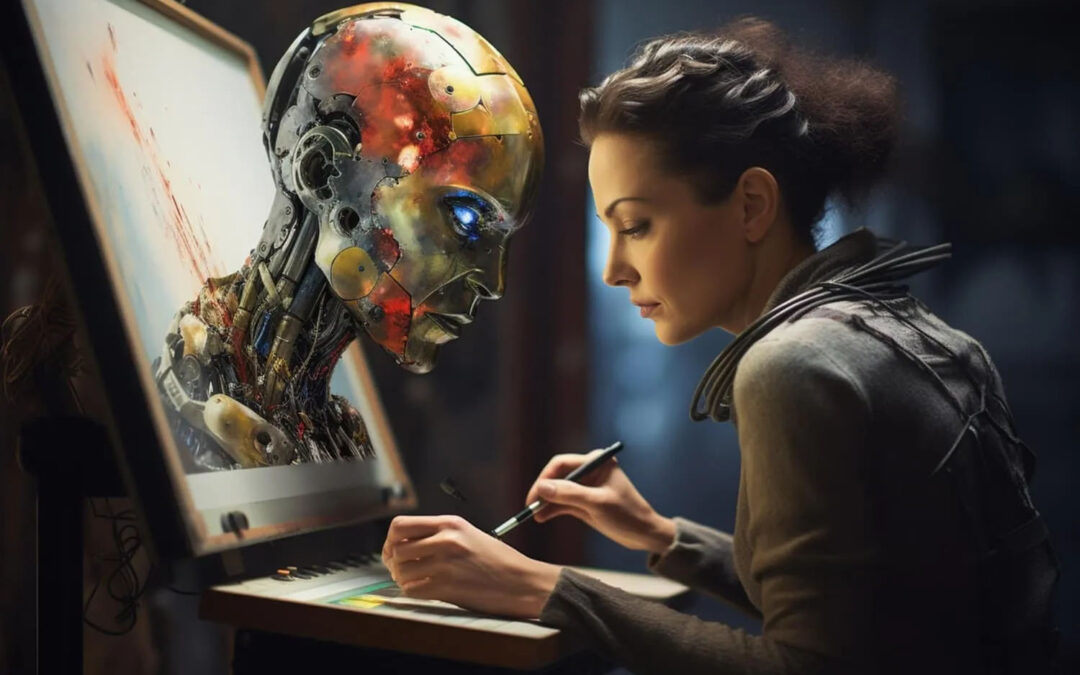The AI art controversy is just one part of the larger debate on AI vs Human Creativity. On one hand, as AI tools like MidJourney and Stable Diffusion reshape the creative world, even institutions such as the Smithsonian are documenting the rise of AI art.. As a result, conversations about AI art are shifting from excitement to a deeper debate.
The Rise of AI Art Tools
Firstly, AI platforms such as MidJourney, DALL·E 3, and Stable Diffusion have revolutionized digital creativity. Because these tools can generate photorealistic or surreal images almost instantly, they attract both beginners and professionals. Additionally, they lower barriers to entry for individuals who may not possess traditional art skills. However, the very features that make them popular also spark growing criticism from established artists.
The Artist Backlash Against AI Art
Many painters and illustrators argue that AI tools undermine originality, echoing broader questions raised in the debate over AI vs. human creativity. Artists are pushing back, claiming their styles have been copied without consent. Publications like Wired have highlighted how creatives feel overshadowed by algorithms. For example, because training datasets often include copyrighted images, creators fear their styles are being copied without consent. Consequently, the AI art controversy has become an ethical battleground. Furthermore, critics say the rise of AI diminishes the value of human effort and originality. Nevertheless, some creators see AI as a new medium rather than a threat.
Legal Battles Shaping the AI Art Controversy
Copyright battles surrounding datasets underscore why the debate over AI versus human creativity extends beyond art into ethics and ownership. At the same time, copyright law struggles to keep pace with the evolving digital landscape. Copyright lawsuits are already underway, with cases examined in depth by MIT Technology Review, which explores whether AI-generated works can be considered original. Recent lawsuits have raised questions about whether AI-generated art can be copyrighted. In fact, courts are split on whether ownership belongs to the user, the company, or no one. As a result, the AI art controversy now extends into boardrooms, museums, and legal offices worldwide. Moreover, these cases highlight how society is redefining authorship in the digital age.
Case Studies: AI Art in Action
Some argue AI art is a new form of collaboration. A report from The Verge explores how digital creators are mixing traditional skills with machine learning. To illustrate how real this debate has become, let’s look at a few examples:
-
Christie’s Auction: AI-generated artwork sold for thousands, sparking outrage.
-
Reddit Artist Protests: Communities Organize Campaigns Demanding Labels for AI Works.
-
Instagram Exhibits: Human–AI collaborations are gaining traction, showcasing hybrid possibilities.
Together, these stories demonstrate why the AI art controversy isn’t just a passing trend. Instead, it reflects a cultural shift that will continue shaping creativity.
Find More Inspiration Here
Want to explore the bigger picture? Read our whole debate on AI vs Human Creativity.
For additional insights, check out the Smithsonian’s article on The Rise of AI Art.
In conclusion, AI art is here to stay—but how it should be used remains an open question. While the AI art controversy continues, it contributes to the broader narrative of the ongoing AI vs. human creativity debate, which is shaping every industry. Do you believe AI is a groundbreaking tool or simply a copycat? Join the discussion below and share your perspective on the AI art controversy.

Charlie Perkins is a Rochester, MN, author, musician, photographer, and videographer. The Chicago-bred Perkins attended Northwestern University, concentrating on Radio, TV Broadcasting, and Interpersonal Communications. He spent 29 years at Harris Bank in Chicago and taught “Principles of Corporate Television” at Columbia College in the same city. He has also spent 17 years as Unit Manager of Media Support Services for the Mayo Clinic. In a previous life, he covered the Chicago Bulls and Michael Jordan’s championship run, ’96-‘98 as a freelance photographer.


Recent Comments